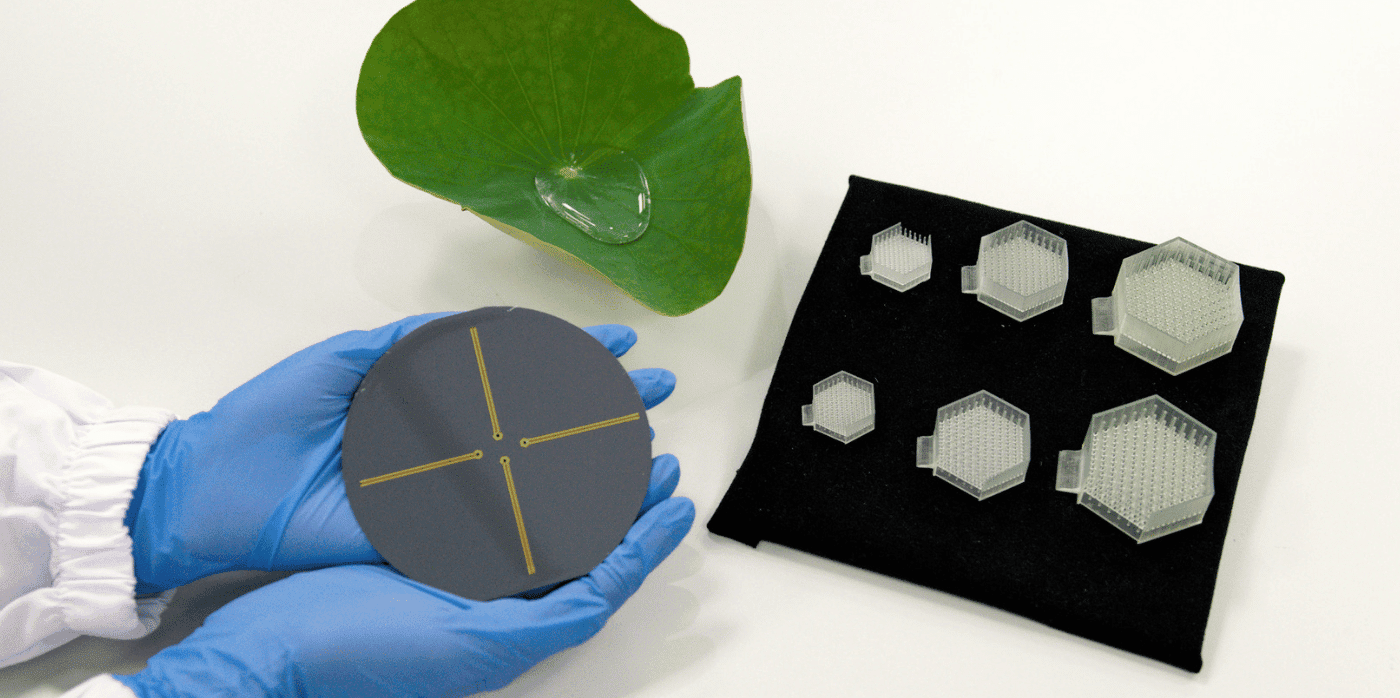
Spotted: Surgeons are increasingly turning to robotics to assist with surgeries. Many of these involve ‘graspers’ – tools controlled remotely by the surgeon. One drawback of these tools is that the surgeon cannot feel exactly how much pressure is being exerted. While pressure sensors are used for this, they often lack the precision required for delicate surgeries.
Now, researchers at the National University of Singapore (NUS) have developed a novel aero-elastic pressure sensor, called ‘eAir’, which they hope will address these challenges. The sensor could potentially transform some types of surgery by enabling better tactile feedback for surgeons, allowing more precise manipulation of patient tissues.
Conventional pressure sensors have trouble delivering consistent readings and can miss subtle changes in pressure – leading to potential errors. To address this, the NUS team drew inspiration from a phenomenon known as the ‘lotus leaf effect’. This is a natural phenomenon where minuscule, water-repelling structures cause water droplets to roll off a leaf’s surface. The team has engineered a sensor that mimics this effect, detecting minute pressure changes.
The eAir sensor includes a liquid and a trapped layer of air. As external pressure increases, the air layer compresses. The surface of the sensor registers the movement at the interface of air and liquid, triggering a change in electrical signals that accurately reflects even minute amounts of exerted pressure.
The NUS team is hoping to collaborate with key players in the medical field to develop the so. They have filed a patent for the eAir sensor technology in Singapore, and are working to refine the sensor for real-world applications.
This is not the first time we have seen researchers take inspiration from the natural world. Springwise has also covered cancer researchers who used spiders for inspiration and energy-saving paints inspired by butterflies.
Written By: Lisa Magloff

